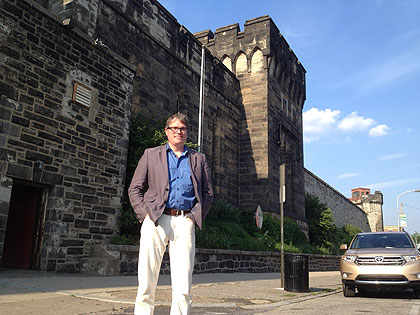
Image courtesy CBS News, Philadelphia
Sean Kelley, Senior Vice President, Director of Public Programming: Eastern State Penitentiary
Wednesday, September 28, 2016- 4:00 pm
Sean Kelley was hired as the historic site’s first full-time employee in 1995. In 1997, Sean re-branded Eastern State’s Halloween event Terror Behind the Walls and introduced a revolutionary timed ticketing system. Eastern State’s ticketing system continues to be the model for haunted attractions around the country. Sean has spoken about Eastern State Penitentiary and the haunted attraction industry dozens of times, including interviews on CNN, the History Channel, the Travel Channel, The Montel Williams Show, and NBC’s Today Show. Sean also trains tour guides at the historic site.
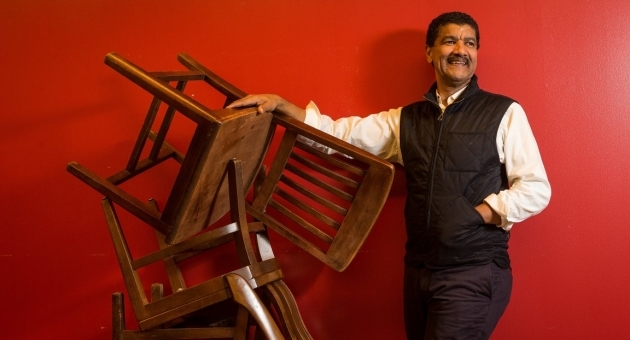
Image courtesy of Temple University Photography.
Pepón Osorio, Laura Carnell Professor of Community Art: Tyler School of Art and Architecture, Temple University
Thursday, September 29, 2016- 10:00 am
Best known for his large-scale baroque and polemically charged installations, Pepón Osorio merges conceptual art and community dynamics. Osorio’s work emphasizes the exhibition space as an intermediary between the social architecture of communities and the mainstream art world. He has worked with well over 25 communities across the U.S. and internationally, creating installations based on real life experiences. For almost two decades Pepón Osorio has been presenting work in unconventional places prior to exhibiting in a museum setting, thus exploring the subjectivity of meaning in art and the multiple meanings that these installations achieve depending on their location. His work is held by the Walker Arts Center, the Smithsonian American Art Museum, Whitney Museum of American Art, El Museo del Barrio, el Museo de Arte de Puerto Rico, and El Museo de Arte Contemporáneo de Puerto Rico. Osorio is a 1999 MacArthur Fellow. Osorio is a Professor at Tyler School of Art and Architecture, Temple University.

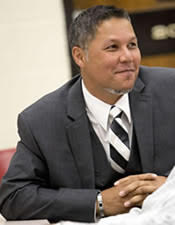
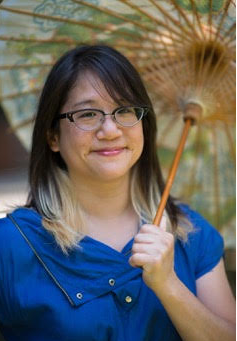
Thursday, September 29, 2016- 11:30 am
Making Space: Recruiting & Retaining Diverse Students and Faculty in Art & Design
A panel discussion led by Gerard Brown, Associate Professor: Tyler School of Art and Architecture, Temple University including Dr. Greg Anderson, Dean of Temple University's College of Education, Yvonne Lung, Adjunct Assistant Professor at Tyler Scool of Art & Anthony Romero, Adjunct Professor at Tyler School of Art and Architecture.
Since the appearance of Paul Tough's New York Times Magazine feature, "Who Gets to Graduate", higher education administrators have considered non-financial barriers to student success and implemented strategies to overcome them. Art and design, with their own histories and traditions often far removed from the experiences of many students, present unique challenges to students, especially students of color. As art schools struggle to diversify their student populations (and their faculty and administration), what obstacles arise from the traditions and practices we seek to preserve and transmit to future generations? What opportunities for critical self-examination and transformation do diverse students bring?
Gerard Brown is a painter living in Philadelphia. In addition to his painting, he organizes exhibitions and writes about art. He has curated exhibitions for the Philadelphia Art Alliance, the Galleries at Moore, and, most recently, the Center for Art in Wood. He is currently an associate professor and department chair of the Foundation Program at Tyler School of Art and Architecture.
Dr. Greg Anderson is Dean of Temple University's College of Education and a sociologist . His scholarly interests include socio-economic and racial and ethnic inequality, the sociology of higher education, urban and comparative education and social change and development. Before arriving at Temple he was the dean of Denver's Morgridge College of Education. Anderson served on the Colorado Governor's Early Childhood Leadership Commission, the board of directors for the Institute for the Study of Knowledge Management Education; and on the board of trustees of the Colorado Legacy Foundation. He also served on the Expanded Learning Opportunities Commission for the Colorado Department of Education and the Global Cities Education Network representing Denver alongside the Superintendent of Denver Public Schools. Anderson was a post-doctoral minority fellow at Teachers College and an associate professor in the Program in Higher and Postsecondary Education at Teachers College . He is also a former higher education policy officer in Educational Opportunity and Scholarship programs at the Ford Foundation in New York.
Yvonne Lung is an interdisciplinary visual artist with work ranging from sculpture, performance, video, to social practice. She received her MFA in studio art from University of Nevada Las Vegas and her BFA in design communications from Texas Tech University. She was the recipient of the Leeway Foundation’s Art and Change Grant in 2009 and 2015. Artist residencies include Skowhegan School of Painting and Sculpture, Art Omi International Artist Residency, and Many Mini Residency. She is a co-founder of Practice Gallery in Philadelphia, PA, a space that seeks to support artist practices that focus on performance, participation, and experiment. For five years she was a Mandarin interpreter for US Immigration Court and Homeland Security working on asylum cases. She is currently an Adjunct Assistant Professor at Tyler School of Art and Architecture, Temple University.
Anthony Romero is an artist, writer, and curator interested in documenting and supporting artists and communities whose narratives and practices are often excluded from art historical narratives and exhibitions. His projects and performances have been executed nationally most notably at Links Hall (IL), Antioch College (OH), MASS Gallery (TX), and Movement Research at the Judson Church (NY). His writings have appeared in Poetry Quarterly, The Huffington Post, Performa Magazine and the recently published volume on Chicago social practice history, Support Networks (University of Chicago Press). He currently teaches at Tyler School of Art and Architecture at Temple University and in the Social and Studio Graduate Programs at Moore College of Art and Design.
This Ain’t No Faculty Show: New Models for University Galleries
Thursday, September 29, 2016- 3:00 pm
New practices in university gallery management have led to an expanded understanding of their pedagogical potential. In addition to their conventional use as sites for student, faculty, and alumni exhibitions – new curatorial models have successfully transformed these spaces into reciprocal extensions of community and university interests. Three university gallery directors from The Artist’s Institute at Hunter College, Grand Central Art Center, a unit of California State University at Fullerton – College of Arts, and Temple Contemporary at Tyler School of Art and Architecture will each demonstrate new approaches to maximizing the potential of university galleries that have resulted in adventurous public programs, extended relationships with professional artists, increased external funding, and broadened audiences.
Presenters:
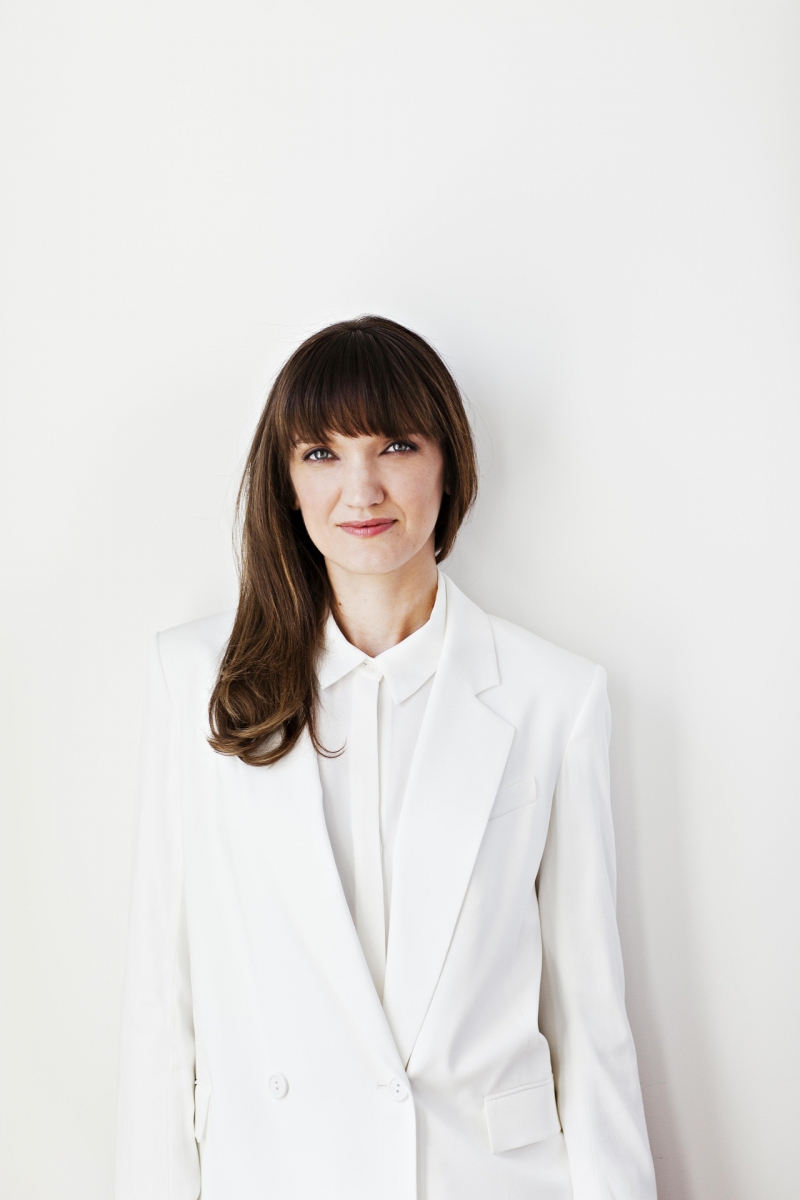
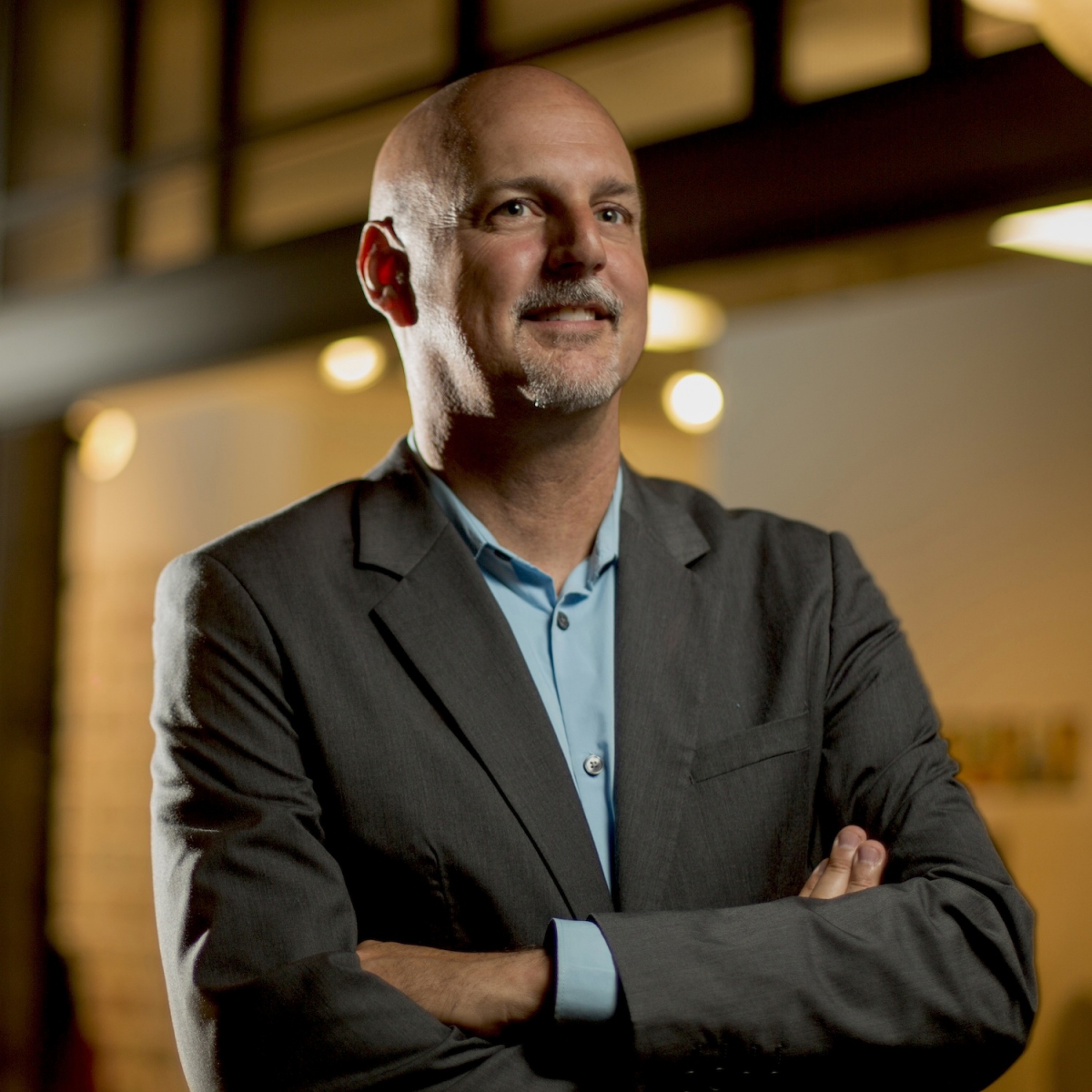
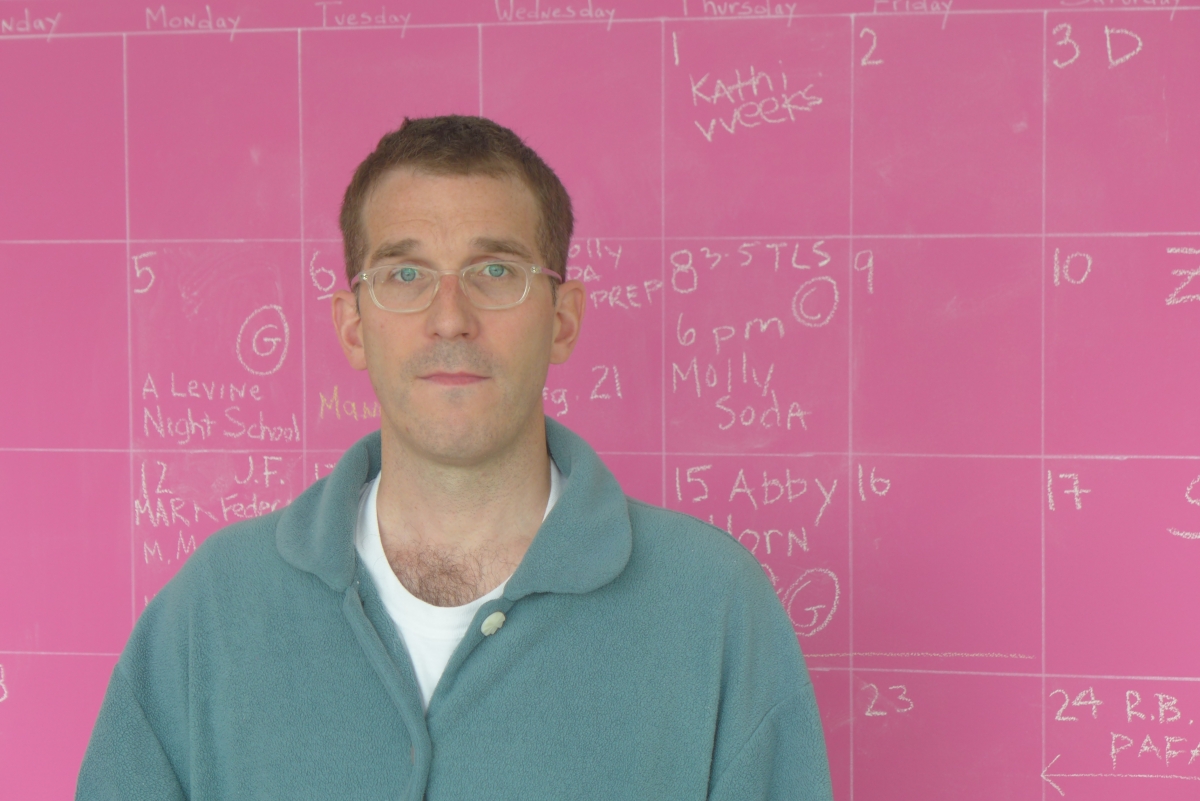
Left to right: Jenny Jaskey, John Spiak, Robert Blackson
Jenny Jaskey is the Curator and Director of the Artist’s Institute at Hunter College, New York. Through the Artist’s Institute six month artist in residency program, Jaskey helps to focus on an artist’s process of research and discovery. Most recently, she has worked with Pierre Huyghe, Carolee Schneemann, Lucy McKenzie, Haim Steinbach, and Fia Backström. She is the Co editor of Realism Materialism Art (Sternberg, 2015) and editor in chief of the forthcoming Magazine of The Artist's Institute (Koenig Books, 2016). Prior to running The Artist's Institute, Jaskey worked as an independent curator and with institutions including Kunsthalle Zürich, Rhizome at the New Museum, and Creative Time.
John Spiak is the Director and Chief Curator of the Grand Central Art Center and Artist in Residence Initiative. The center houses several exhibition spaces, a small theater, a shop and residential apartments. Spiak uses this space to foster socially engaged practices, to address issues affecting the surrounding community. The Grand Central Art Center’s Artist in Residence Programs is where Spiak asks artists to engage with the residents of the neighborhood, creating work that is beneficial to the community. He recently worked with the artist Gregory Sale who collaborated with prison inmates to produce a broad array of events and discussions exploring the state of the criminal justice system.
Robert Blackson is the Director of Temple Contemporary at Tyler School of Art and Architecture. Temple Contemporary’s programming is led by a 35 member advisory council comprised of North Philadelphia high school students, civic and cultural leaders across the city, as well as Temple University students and faculty. Together this council raises questions of local relevance and international significance that they do not know the answers to – like, “What can we do about the surplus of vacant and aging housing stock in post-industrial cities like Philly?” or “What can be done to improve the public school arts education?” These questions then become the curatorial foundation of Temple Contemporary’s programming. Prior to arriving at Tyler, Blackson was the curator of BALTIC Centre for Contemporary Art and curator of public programs at Nottingham Contemporary.
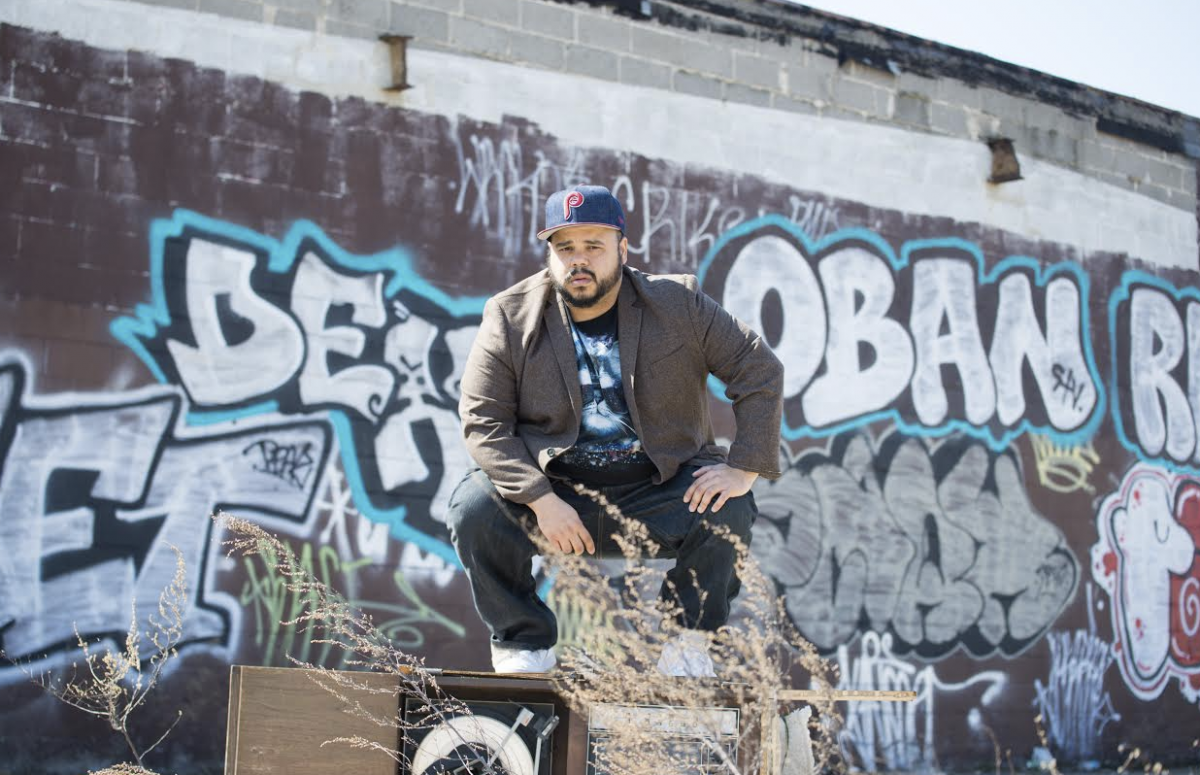
Roberto Lugo
The Temple Performing Arts Center
Thursday, September 29, 2016- 5:00 pm
I was born in the Kensington neighborhood of Philadelphia. I was my mother’s third child at the age of 21. My father had a middle school education and had beenworking on sugar cane fields in Puerto Rico since he was a child. Being raised in the 80’s in Philadelphia I was exposed to prevalent drug use and gang activity. The crack epidemic left half of the houses in my neighborhood abandoned. This neighborhood gave very little hope for a future outside of that of my families history. My parents were the first generation of Puerto Ricans to raise their children in the United State in my family’s history. It was a transition as both my parents were raised as farmers and now my father and mother had to transfer their work ethic to the jobs available to them. My father in an effort to seek the best job he could would drive his bike from Kensington to Cherry Hill, New Jersey every morning. My mother would often work two or three part time jobs at a time while raising three young children. This drive and perseverance has become a driving force in my practice.
When I sit at a wheel I often think of my father’s bike tire spinning, and this metaphor has always has me reach for more, because if he could make that sacrifice for my future it is up to me to make something of it.
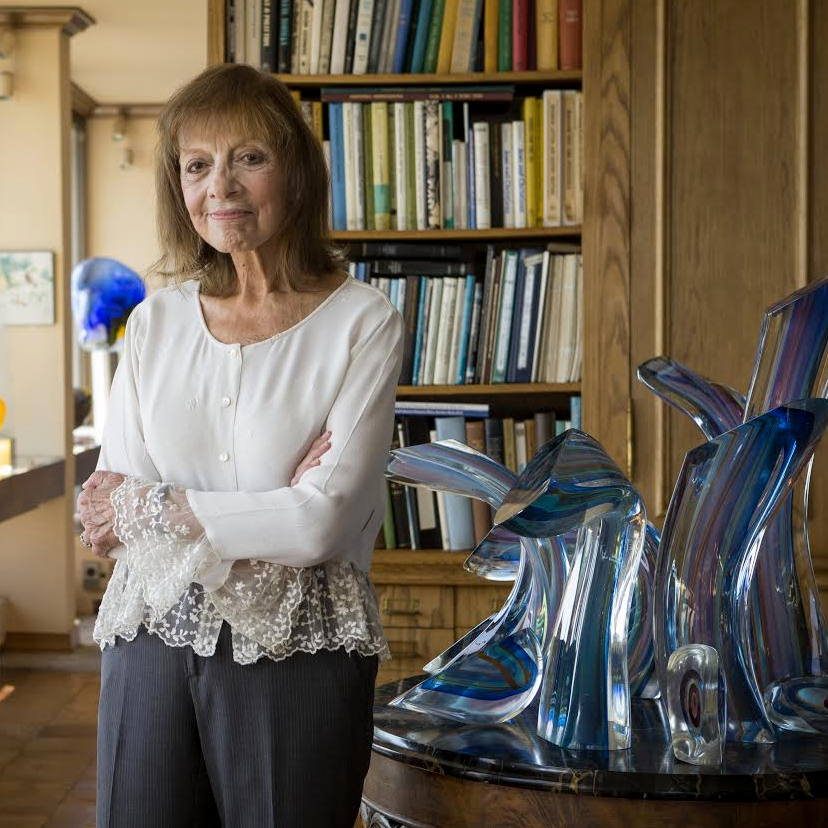
NCAA Art Leadership Award Presentation to Laurie Wagman
Thursday, September 29, 2016- 6:30 pm
Laurie Wagman is the Founder/President of American Theater Arts for Youth, Inc. (TAFY) and American Family Theater (AFT). Under her aegis, the two organizations have, in over four decades, presented professional, original musical productions to over 32 million students throughout the United States. Serving both the cultural and curricular needs of school populations, TAFY and AFT have been recognized as key arts-in-education influences nationwide.
Ms. Wagman's philanthropic focus reflects a broad base of interests in art, education and social services. She has been the recipient of numerous awards for her achievements on behalf of young people. The University of Pennsylvania Libraries houses her distinguished body of work and related materials, and makes the Collection available to educators and performing arts communities worldwide.
Ms. Wagman serves on the boards of the National Childrens Theater Alliance and the University of the Arts.
Developed with her late husband, publisher Irvin J. Borowsky, the Borowsky-Wagman collection of contemporary glass documents the movement from its beginnings. The Borowsky Glass Studio and the Wagman Prize and Lectures at Tyler reflect that focus and influence.
This is Why: Expanding Opportunities for Educational Engagement
Friday, September 30, 2016- 9:30 am
One of the first skills an art school teaches its students is how to “see”. The ability to see our surroundings as resources to be transformed into lasting opportunities for reciprocal educational engagement is also a teachable skill. This conversation, led by the Barnes Foundation’s Martha Lucy, Deputy Director for Education and Public Programs and curator, and Blake Bradford, Bernard C. Watson Director of Education will include award winning author and historian Steven Conn and Nina Simon, author of the influential blog Museums 2.0 and the Executive Director of the Santa Cruz Museum of Art & History. Their presentations focusing on the history of institutional engagement and its contemporary leaders will be followed by an open forum discussion that has been designed to provide a range of applicable skills to unlock assets and resources for your institution locally and nationally. This session will be opened with a welcome from the Barnes Foundation’s Executive Director and President Thom Collins.
Presenters:
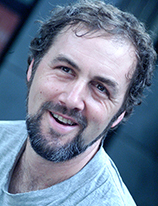
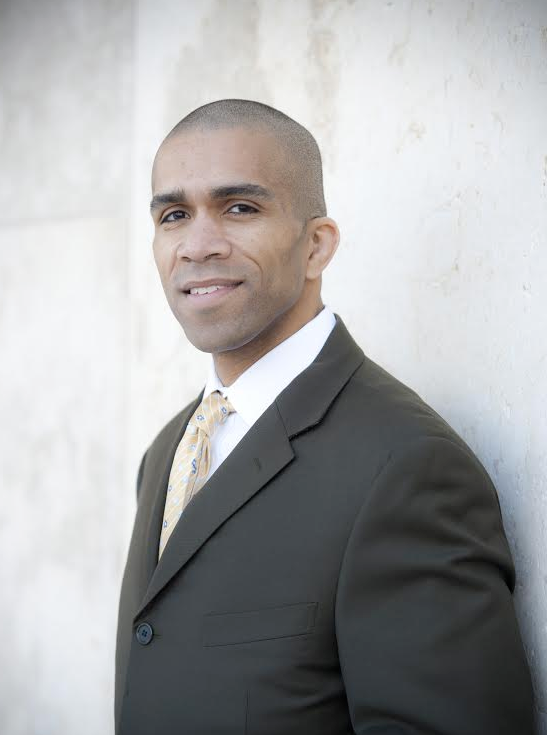
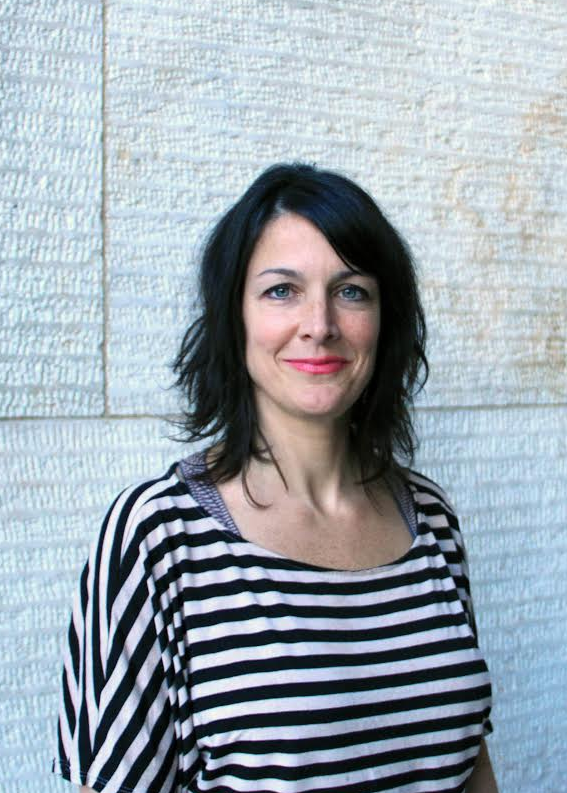
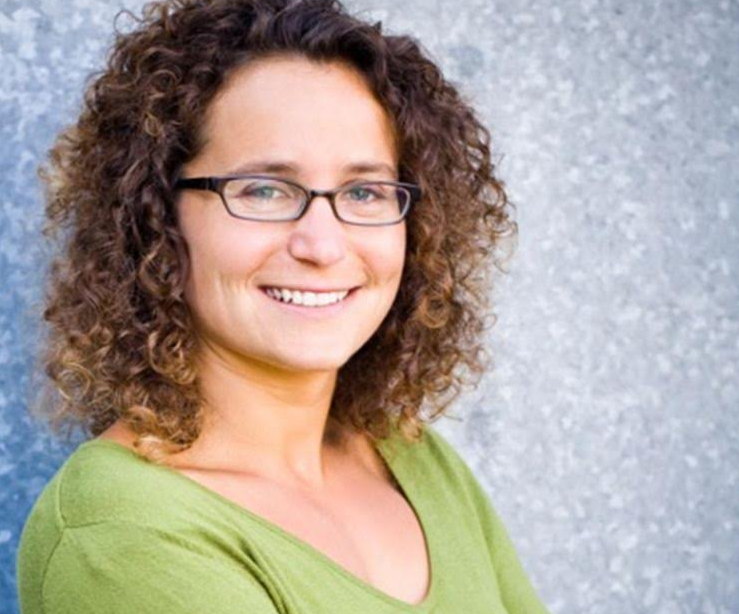
Steven Conn was on the faculty in the history department at Ohio State University since he received his PhD from the University of Pennsylvania in 1994. In the spring of 2015, after 21 years at OSU, he became the W. E. Smith Professor of History at Miami University in Oxford, Ohio. There he teaches courses in American history. Originally from Philadelphia, Steven Conn is a resident of Yellow Springs, Ohio. Conn is on the Organization of American Historians Distinguished Lecturer and the Fulbright Senior Specialist rosters. He is the author of numerous books including Museums and American Intellectual Life (University of Chicago Press, 1998), Do Museums Still Need Objects (University of Pennsylvania Press, 2010), and Metropolitan Philadelphia: Living with the Presence of the Past (University of Pennsylvania Press, 2006).
Blake Bradford serves as Director of the Lincoln University-Barnes Foundation Museum Studies Program and Visiting Assistant Professor at Lincoln University. In this newly created role, he is overseeing the development and implementation of a practice-based, Museum Studies major that builds on the past decade of Lincoln-Barnes collaborations. This comprehensive program will be a forum that prepares Lincoln students for museum-related professional careers and graduate school. Prior to this, Mr. Bradford served as the Barnes Foundation’s Bernard C. Watson Director of Education, overseeing the full range of educational programs at the Barnes’s Merion and Philadelphia campuses.
Martha Lucy is Deputy Director for Education and Public Programs & Curator at the Barnes Foundation in Philadelphia. In alignment with the goals of the Barnes's new strategic plan, Dr. Lucy aims to create programs and classes that bring in new audiences and that introduce different ways of interpreting the permanent collection, so that history and social history become part of what has largely been a formalist discussion. An art historian specializing in late-19th and early 20th-century French art, Dr. Lucy is the author of Renoir in the Barnes Foundation and has written many articles and essays on topics ranging from evolutionary themes in the work of Odilon Redon to the mirror motif in impressionist painting. Previously, Lucy served as Assistant Professor of art history at Philadelphia’s Drexel University, and, before that, as the Barnes's Associate Curator.
Nina Simon is an internationally-recognized expert on active community participation in cultural institutions and has been named a “museum visionary” by Smithsonian Magazine for her innovative approach to design. Nina received the American Alliance for Museums’ Nancy Hanks Memorial Award in 2012 and was named one of the 50 most “powerful and influential people in nonprofit arts” by the Western States Arts Federation in 2012 and 2013. Nina is the author of The Participatory Museum (2010) and the popular Museum 2.0 blog. Nina holds a B.S. from Worcester Polytechnic Institute in electrical engineering and mathematics.
